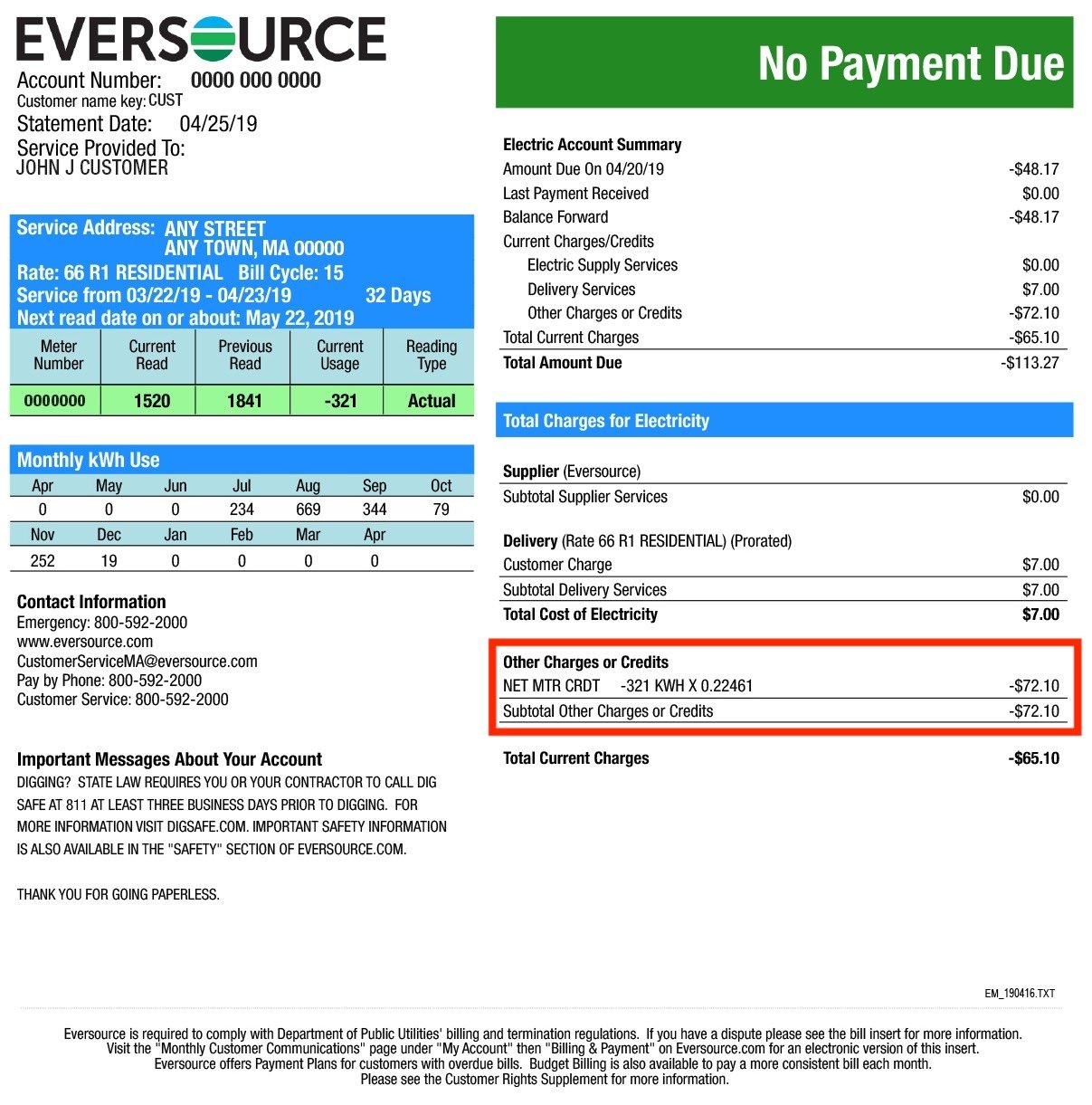SOLAR ENERGY
What is solar energy?
Solar energy is energy harnessed from the sun’s light and transformed into electricity by solar panels. Solar is one of the fastest-growing renewable energy sources. More energy from the sun reaches the Earth’s surface in just a few hours than is used by everyone on the planet in a single year. New technologies and systems are continually being developed to capture all of this energy.
Solar energy is and will continue to be a key strategy to lower fossil fuel emissions and fight climate change. The key benefits of solar energy are that it (1) uses freely available energy from the sun, (2) produces zero emissions, and (3) can reduce energy bills.
Solar panels cover the slanted roof of St. Bartholomew’s Episcopal Church in Cambridge, MA. Photo: Climable, 2024
Photovoltaic cells, modules, panels, and arrays are built upon one another: Multiple cells make up a module, multiple modules make a panel, and multiple panels make an array. Animation by Climable, 2024
How do solar panels work?
Energy from the sun, known as solar radiation, is captured using photovoltaic (PV) cells and turned into useful forms of energy such as electricity. These PV cells are used in solar panels which are commonly seen on roofs of buildings and homes.
PV cells are the building blocks of a solar panel. PV cells are made of special materials that can conduct electricity (known as semiconductor material), such as silicon, that absorb sunlight and convert it into electric energy, and electricity we can use for our appliances. Cells are covered with protective layers of glass, plastic, or both, to withstand outdoor conditions for many years.
However, individual solar cells only produce a small amount of energy, so multiple PV cells are connected together to create modules and panels. The size of the solar panels can vary based on the size of the roof or area available for installation and on the electricity requirements of a certain area or community. To achieve the maximum amount of energy that solar panels can absorb, they need to be placed correctly: facing the sun and not covered by shade or other objects.
What can affect solar panel productivity?
There are some factors that can impact how much energy solar panels produce and the benefits they bring, such as:
Weather: Clouds, rain, and snow can reduce the amount of sunlight reaching the panels, lowering their efficiency.
Efficiency: How much sunlight solar panels convert to electricity depends on the quality of the materials and technology used. More efficient panels can produce higher amounts of energy.
Ownership: Whether you own, lease, or participate in a community solar program can influence the financial benefits and responsibilities associated with solar energy.
How is solar energy used?
The energy generated from a set, or array, of solar panels can be used to power a building, home, or other facilities. However, on extra sunny days, a solar array may generate more electricity than needed. This extra energy can be sent back to the electric grid and sold to the utility through what is called net metering. The utility subtracts the amount of solar energy sent back to the grid from the amount of energy the building uses over a specific amount of time. In this way, solar panels and net metering help people reduce their electric bills.
A mock Eversource electricity bill. The red box highlights the amount of money saved through net metering, or in other words, from selling extra solar energy back to the grid after accounting for the amount of electricity the household used during the month. The result for this mock household is $65.10 saved and no payment due for electricity. Image: Eversource, 2019
Battery storage can be added to enhance the benefits of solar panels. Sometimes, solar panels produce the most amount of electricity when we don’t need it. Batteries can help store excess energy until it’s needed, such as in the late afternoon or evening.
At Climable, solar panels and batteries are key components to our community microgrid model (read more here) to provide a local electricity source. We work with community-based organizations and municipal governments to add solar panels and batteries to facilities that provide necessary services for the community during an emergency. We connect these buildings into a virtual network, coordinating their usage of the energy in the solar panels and batteries. Our use of solar panels and battery storage in our community energy projects ensures a stable, cheaper, and cleaner energy source for urban communities.
Current landscape of solar energy
The US has established the ambitious goal of achieving carbon-free electricity generation by 2035. Individual states have also set emission reduction, clean energy, and renewable energy targets. For example, Massachusetts implemented the Solar Massachusetts Renewable Target (SMART) program and achieved its goal of installing 1600 MW of solar energy by 2020. Currently, almost 25% of the state’s electricity is generated by solar power.
This graph shows the actual and predicted future amount of solar power that will be installed in the US each year by sector, starting in 2011 and going through 2029. The general trend is an increase in solar in the US, with major gains having been made between 2011 and 2023, and steady gains predicted for the following 6 years. Graph: Solar Industry Research Association
However, at a nationwide scale, the percentage of solar energy is much lower, making up only 4% of total electricity generated in the US. However, solar energy is projected to increase. Increasing solar energy is key to meeting the US goals of carbon-free electricity generation.
While Climable’s work focuses on community-owned solar solutions, privately-owned, residential solar is also a key part of the energy transition. To learn more about adding solar to your home, check out this resource.




